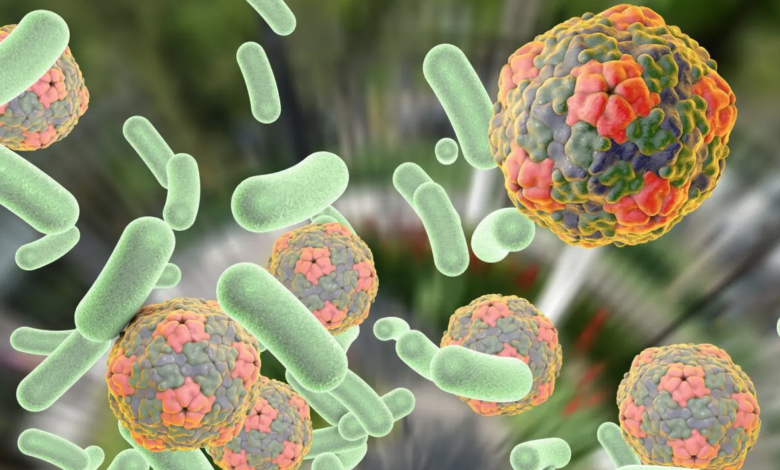We risk losing the fight against tomorrow’s superbugs, created by antimicrobial resistance
Unep report proposes global solutions to antimicrobial resistance
(sustainabilityenvironment.com) – In 30 years the abuse of antibiotics will cause as many deaths as cancer: 10 million per year. To reverse the trend, we must limit the pollution created by the pharmaceutical, agricultural and health sectors. These are mainly responsible for the appearance and global spread of “superbatters“, that is, bacterial strains that have developed a tolerance to all known antibiotics. This phenomenon, known as antimicrobial resistance, risks rendering ineffective the only tools we have to defend ourselves against certain infections. And since going back to a certain point is impossible, it is vital to take preventive action.
The weight of antimicrobial resistance on health, society and economy
These are the messages delivered by the latest report of the UN Environmental Protection Agency (UNEP), published yesterday and dedicated to antimicrobial resistance (AMR). The category of antimicrobials includes antibiotic, antiviral, antifungal and pesticide products commonly used for the prevention of infections in both humans and livestock, aquaculture and agriculture.
Already included in the WHO list of the 10 global health threats alongside climate crisis, HIV, viral pandemics and fears towards the use of vaccines, AMR is considered responsible for 1.27 million direct deaths in 2019, To which are added almost another 5 million deaths caused indirectly.
Health weight that goes hand in hand with an impact far from negligible on the economy. UNEP estimates that antimicrobial resistance can cause a drop in global GDP of at least $3400 bln each year by 2030. And push another 24 million people into extreme poverty.
How to eradicate the Amr
The solution? An all-round fight against pollution. “Air, soil and watercourse pollution undermines the human right to a clean and healthy environment. The same factors that cause environmental degradation are aggravating the problem of antimicrobial resistance. The impact of the AMR could destroy our health and food systems,” said UNEP Executive Director Inger Andersen.
A fight that must take into account environmental pollution, but also the climate crisis and the loss of biodiversity. These three phenomena intertwine and amplify the factors that favor the emergence and spread of superbatters. Sewage pollution, for example, facilitates the spread of antimicrobials into the environment, prompting bacteria to develop resistance. High temperatures and extreme events are factors that help the emergence of Amr.
Among the solutions proposed by UNEP, the creation of monitoring and coordination mechanisms, which must be based on clear legislative and regulatory frameworks at national level. With the antimicrobial resistance that must enter into the national plans of environmental protection. These mechanisms must also be able to refer to shared and effective global standards that contain good indicators of the emergence of Amr in the environment. Finally, the integrated management of water must be improved both to reduce the chances of antibiotics being spilled into the environment and to reduce infections and hence the need for medication.






